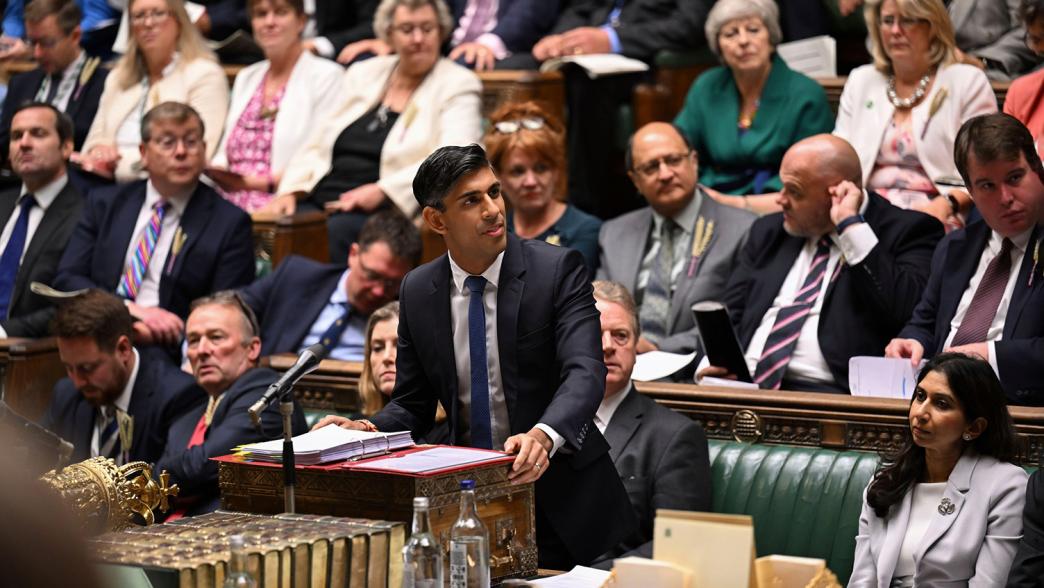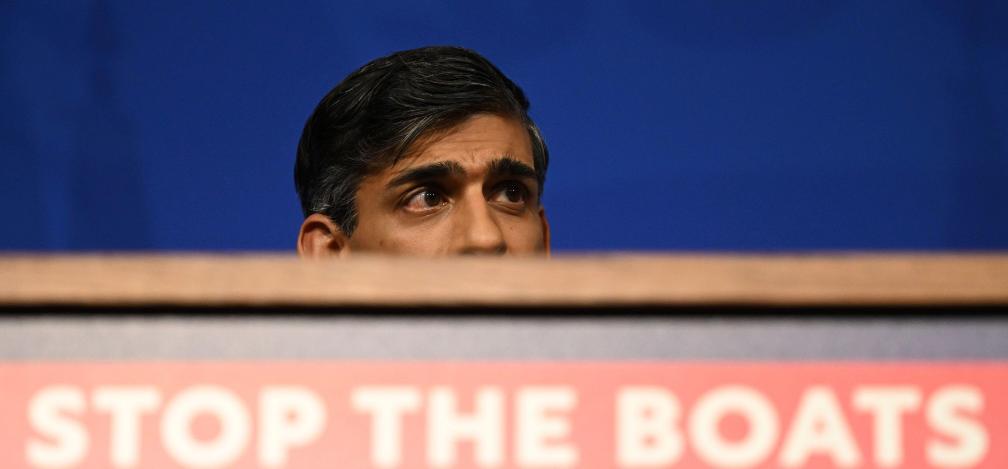'Rwanda treaty: government's next steps in Parliament'
What role will parliament play in the government's steps to proceed with its Rwanda asylum plan?

The Supreme Court’s Rwanda verdict and Rishi Sunak’s response: what happens next?
Rishi Sunak’s plan to ensure “flights are heading off in the spring” is neither straightforward or risk-free.
Read the comment